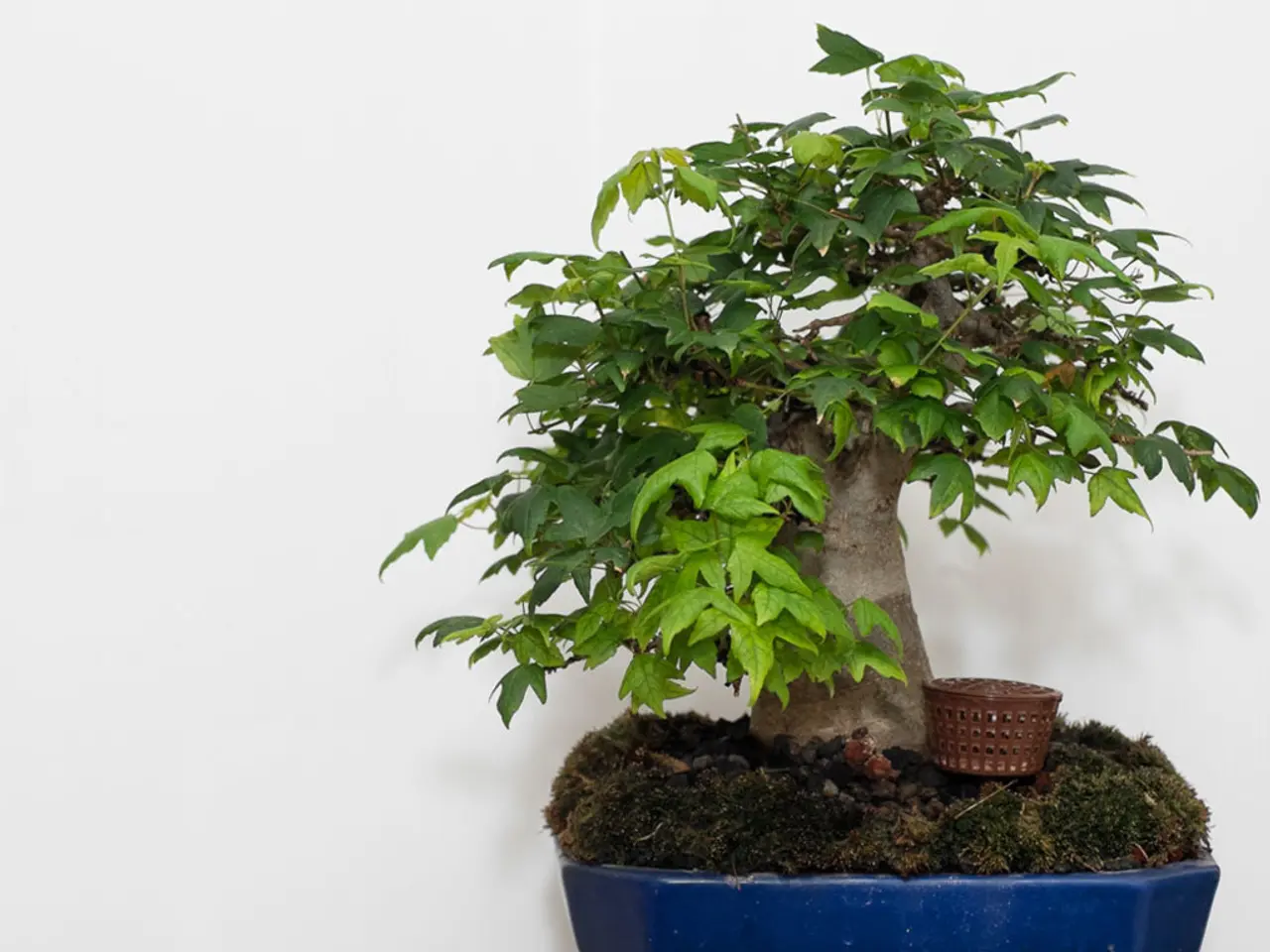Comprehensive Insight Into Bonsai Tree Symbolic Meanings
In the realm of horticulture, few art forms capture the imagination quite like bonsai. This ancient practice, originating from China and refined in Japan, has evolved into a living testament to the beauty of aging, resilience, and the passage of time. From the last surviving member of the ginkgo family to the humble ficus bonsai, each species carries symbolic meanings deeply intertwined with cultural philosophy, aesthetics, and human experiences.
At its core, bonsai symbolizes tranquility, resilience, harmony, peace, balance, and the passage of time. These meanings arise from the art’s long history, rooted in ancient Chinese penjing and refined in Japan with Zen Buddhist values, emphasizing wabi-sabi—the beauty of impermanence and imperfection—and patience. Each bonsai is a living artwork, reflecting natural forms on a human scale, and serving as a metaphor for life's slow, mindful growth and transformation.
While specific symbolisms can vary by species, many bonsai trees also carry universal meanings. For example, the Ficus Ginseng bonsai is often associated with peace, happiness, and long life. Some species are linked to resilience and adaptability, mirroring traits admired in human experience, like overcoming adversity or enduring hardship, which bonsai artists may express through techniques like kintsugi-inspired gold inlays that highlight beauty in scars.
The symbolic meaning behind different species of bonsai trees is not confined to the realm of the abstract. Each aspect of a bonsai's design is a reflection of the symbolic meaning behind it. For instance, the Gingko Bonsai Tree symbolizes longevity and endurance, a reminder of the power of perseverance. Surviving the blast at Hiroshima, the gingko bonsai tree stands as a testament to its resilience and adaptability.
The Ficus Bonsai Tree, a common beginner's bonsai, symbolizes unity, new beginnings, and simplicity. Believed to inspire positivity and empathy, it embodies the principles of harmony and balance that underpin the bonsai art form. Another popular species, the Jade Bonsai Tree, is significant in Japanese feng shui, symbolizing abundance, success, and harmony, and is believed to bring financial good fortune.
Bonsai practice is not just about growing tiny trees; it is a work of art that tells a story. Bonsai growers carefully prune and train branches to create a miniature meditation on various themes. A bonsai tree can symbolize simplicity, with its beauty achieved through natural elements alone. Cherry blossom bonsai displays elegant flowers in the springtime, symbolizing the transitory nature of existence and feminine power, and marking the beginning of a cycle of abundance.
More than just a decorative piece, bonsai invites one to slow down and declutter the mind. It allows one to explore the cycles of life and appreciate beauty at every stage. Aesthetically, bonsai embody wabi-sabi, celebrating impermanence and natural imperfection. This aligns with human experiences of growth, healing, and accepting life’s imperfections.
The interaction with bonsai encourages mindfulness and a heightened awareness of heritage and nature, reflecting a philosophy that blends cultural tradition with modern wellbeing. Viewing and caring for bonsai has measurable psychological benefits, such as reducing stress by activating the parasympathetic nervous system and enhancing feelings of accomplishment and wellbeing through serotonin release.
In summary, different bonsai species carry symbolic meanings of peace, resilience, and longevity, while the aesthetic principles underlying bonsai cultivation resonate deeply with human values of patience, impermanence, and personal growth. The art of bonsai thus serves as a living metaphor and therapeutic practice, connecting people to nature and their own inner experiences through a miniaturized, cultivated form of natural beauty.
- Amid the home-and-garden realm, bonsai trees not only serve as decorative elements but also as resources for care, fostering mindfulness and a deeper connection with one's lifestyle.
- Incorporating a home-and-garden bonsai, such as a Ficus Bonsai or a Cherry Blossom Bonsai, into one's living space can symbolize unity, resilience, and mindful growth, elevating the aesthetic appeal of one's home while providing opportunities for personal reflection and wellbeing.




